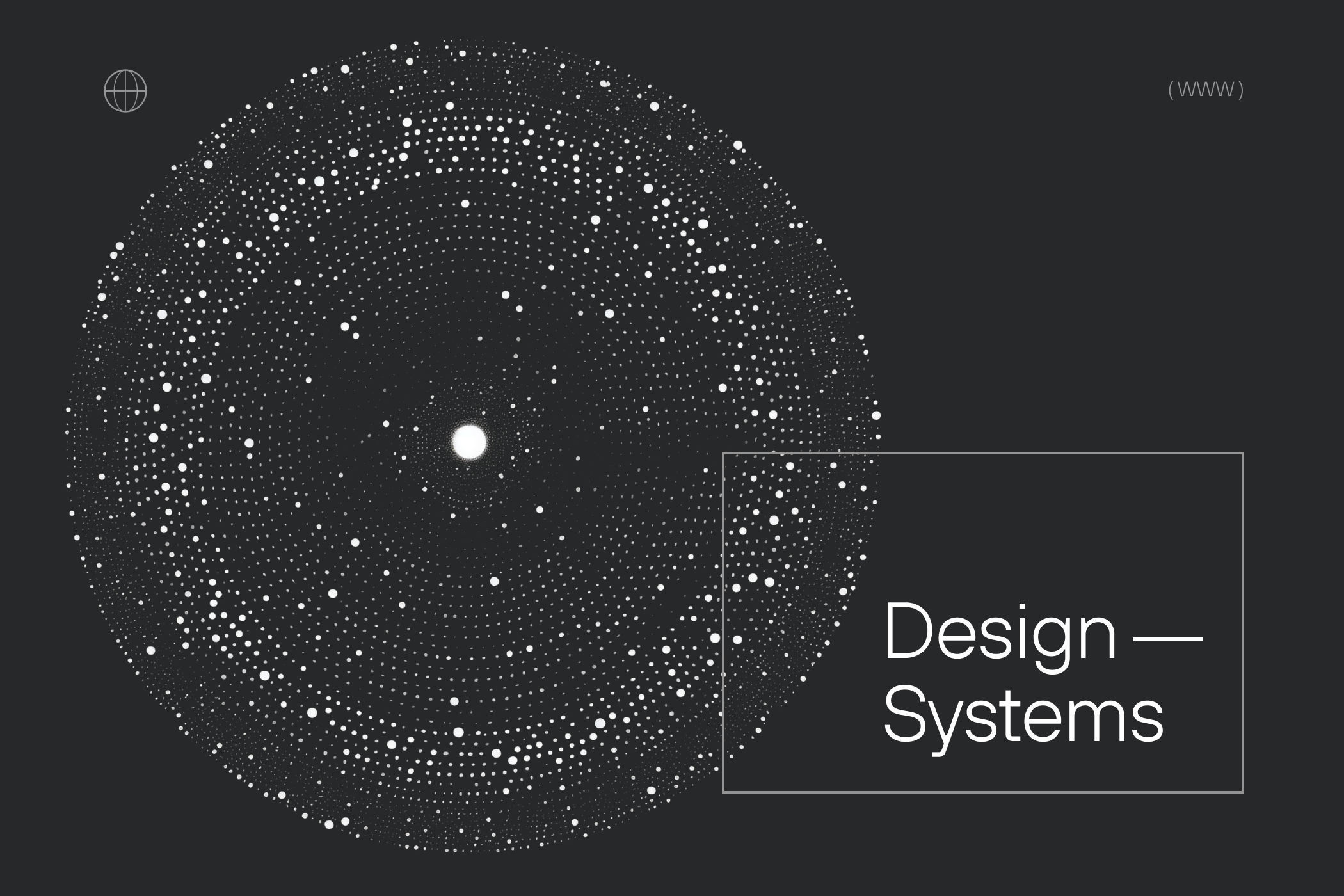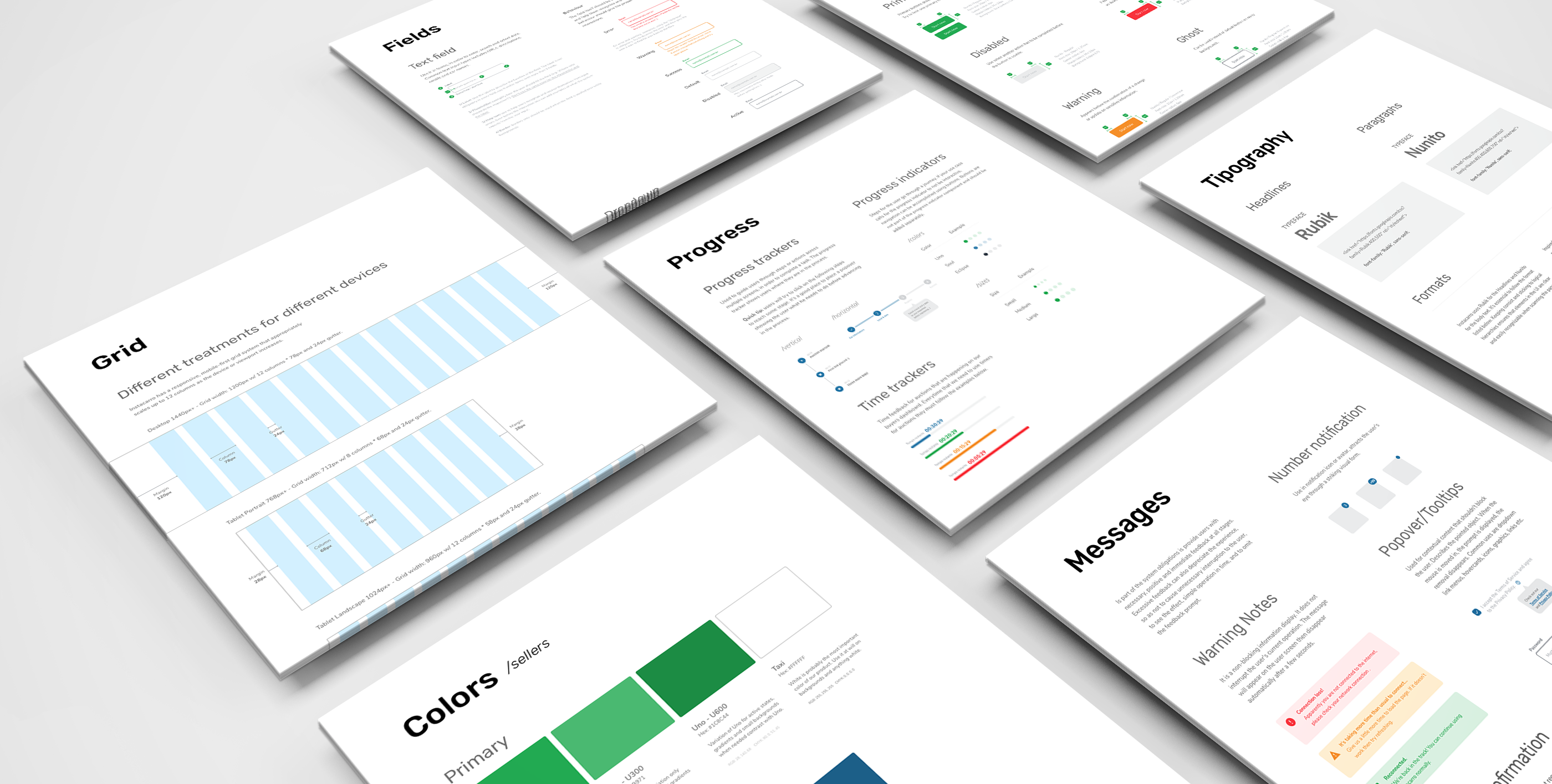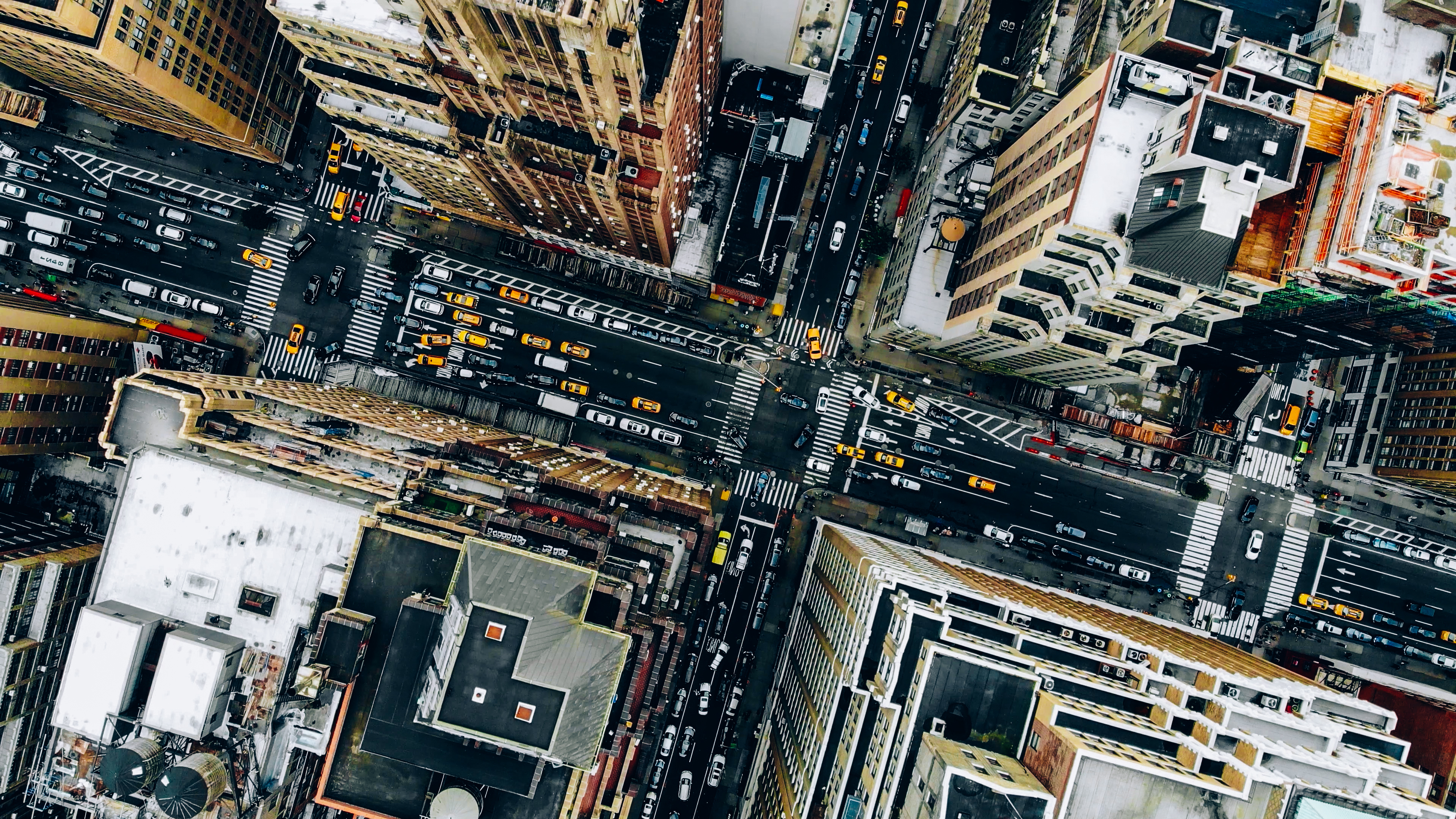
Generating visual consistency amid so many options can be a challenge when creating applications or websites that require multiple functionalities. The puzzle gets even more complicated when problems are encountered in the way the digital product is projected. This is where design comes in, acting as an important differentiator to offer quality and efficiency.
The Design System emerged as an alternative capable of guaranteeing greater precision and speed, corresponding to the needs of increasingly demanding users. It operates as a unified system that includes elements, components, rules and essential principles in the development of a platform's interfaces, providing standardization and consistency of digital products.
Its main function is to facilitate the work of designers and developers, creating an identity that will be quickly recognized by users. Establishing processes that help in the creation of new products is a demand that this area seeks to meet, taking into account the consistency, standardization and identity of the brand in question.
It is essential to keep in mind that the Design System is a living tool, which evolves as a company's UX Design projects mature and progress, providing scalability to create a coherent interface that takes into account the brand's vision and goals.
With this well-built system, it is possible to have a well-defined strategy about products, goals and future expectations in relation to UX Design, using concepts and fundamentals that help to achieve this proposed design vision. Thus, guidelines are provided for the designer's creativity to find solutions that solve users' problems and fulfill the brand's objectives.
For you to better understand why the Design System is adopted in MMDA's client projects, check out the main aspects:
- Coherence: Developers are able to create consistent interfaces with standardized elements and following correct usage guidelines.
- Communication between teams: discussions tend to soften, as all directions are aligned between designers and developers.
- Higher quality: Bugs become rare and the user experience is better.
- Agility: With the scalability of the process, the development of interfaces is faster and simplified.
- Focus on UX Design: with standardized elements, the designer can promote a better experience, instead of worrying about creating components.

To achieve all these advantages, principles are adopted in relation to the Design System, such as:
- They are digital products: that means they need constant updating, which requires continuous improvement.
- Collaboration is essential: the different sectors must be in harmony in the development of the project.
- Functionality: Information should be well organized and easy to find, with simple navigation and established guidelines.
- Centralization: the Design System is unique for everyone. The tool must be accessible and available to different sectors.

Developing such a system may seem labor intensive; however, in the long term, it brings numerous benefits, such as dynamism, easy updating and cost reduction. In this way, tasks are optimized, with the team engaged to contribute to the best result of the final product, which is essential for any UX Design professional. How about experiencing with us all these advantages? Contact us and learn more.
